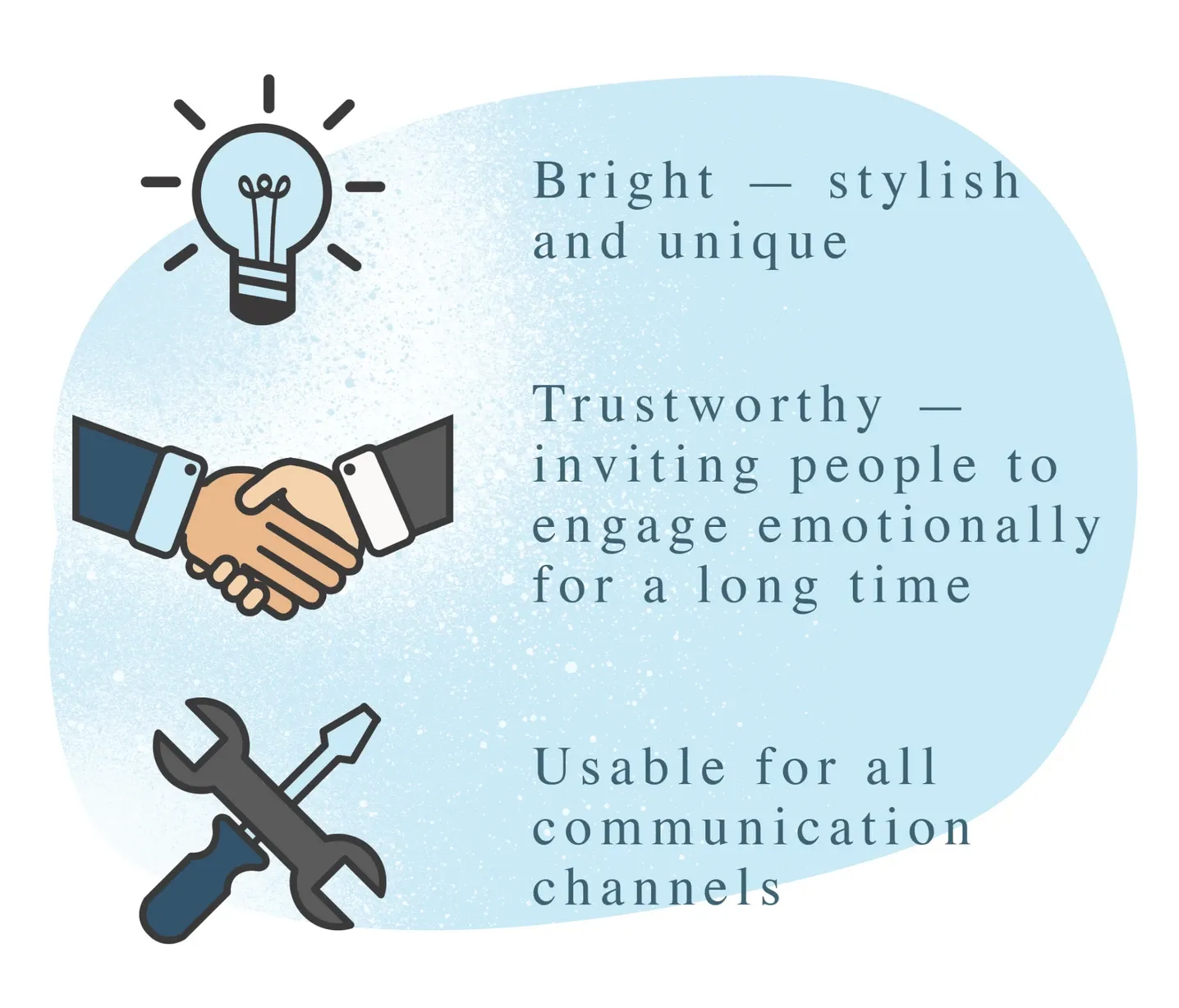Lesson 2.
What kind of language do you need to shape
In this lesson you will learn everything about:
- Emotional engagement
- Style like a simple way of saying complicated things
Emotional engagement
Ever heard of brand loyalty? Explained shortly, brand loyalty is a place where customers prefer your services to any other sortalike services because they like everything what your brand embodies. A place, where clients are really committed and ready to be your “ambassadors” — to spread a positive word about your company wherever they come.
Brand loyalty is high when the retention (customers coming back to your services again and again) is high. The re-purchasing done by existing customers (ensured by the high level of brand loyalty) is bringing companies more profit in the long-run than constantly attracting new customers.
Besides, there are a couple more benefits companies get from clients being loyal:
- Competitive advantages even if the competitors cut their prices;
- New products of a company are being adopted quicker;
- Customers are more likely to accept higher prices set by a company;
- Customers are more likely to advertise a company among their friends.
So, one thing sure: you need a brand identity that will serve you some brand loyalty. That will engage your customers personally. Emotionally. Put this thought in your pocket for a while.
Style is a simple way of saying complicated things
The visual language of your brand has to appeal to your customers on emotional level. It has to touch the very parts of their souls that will resonate enough to make people come to your services over and over. This is the content of your brand identity.
The content and the style have to match each other — that’s basics. Yet there’s more.
Style is as essential as the subject-matter. If your ideas are beautiful but your style is ugly as hell, you can forget competing Uber at this very moment. Here we go with the next important statement: for the good of your brand, the style has to be admirable. And, since it is admirable, — remember! — everything you touch, every little part of your business has to have your brand on it.
Now, you’re probably asking yourself: how to make these nice statements practical?
Let’s see… A well-balanced brand identity is:

In the next lesson, let’s make these definitions less general!
